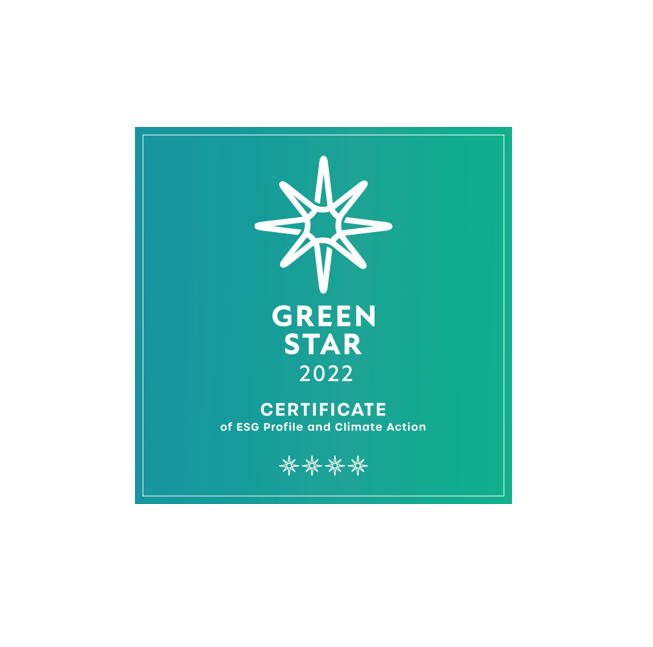

Every conceivable type of building uses every possible material — plastic, glass, metals, wood, brick and concrete — in endless combinations to produce walls, roofs, windows, flooring, pipes, panels, tiles and, of course, insulation.
The environmental tragedy is that very few construction materials are recycled.
That is why today, World Recycling Day, is the perfect time to reflect on the words of the Global Recycling Foundation, “Every year, the Earth yields billions of tonnes of natural resources and at some point, in the near future, it will run out. We must think again about what we throw away — seeing not waste but opportunity.”
At Knauf Insulation, our approach to recycling is driven by our For A Better World sustainability strategy and our commitment to Deliver A Circular Economy. That means tackling recycling on four fronts: using more recycled raw materials to create better products, sending zero waste to landfill from our sites, taking back waste from our customers, and looking at new ways to recycle insulation from demolition sites.
We have set ourselves a 2025 target to use more than 25% of external recycled material to manufacture our Rock Mineral Wool — such as waste from construction sites and steel ‘slag’ from the steel industry — and over 65% recycled bottles and glass in the manufacture of our Glass Mineral Wool.
To achieve these targets, we are stepping up initiatives around the company to gain access to high quality recycled materials.
These have included partnering with leading resource management company Veolia in the UK, which gives a new lease of life to over 60,000 tonnes of used glass bottles and jars collected from households, as it cleans, separates and refines them into glass cullet, used in the manufacture of our Glass Mineral Wool insulation solutions
Our sustainability strategy also commits us to cut our virgin plastic packaging film consumption by 25% by 2025. Already we are finding solutions that work for us. For example, in the UK we have introduced packaging that uses a minimum of 30% of recycled content.
In the past decade we have reduced our waste to landfill by 67%. Now our ambition is to send zero waste to landfill by 2025.
Almost all our Rock Mineral Wool plants briquette production waste and feed it back into the manufacturing process and at our plants such as Nová Baňa in Slovakia there is already zero waste to landfill.
At our Glass Mineral Wool plants, a lot of waste is transformed into other products such as ceiling tiles, but it is not enough. That is why we are building a new recycling facility in Visé, Belgium, that aims to take waste from our plants and transform it into the raw cullet we can use again in production. The site opens this year.
Meanwhile, at our Wood Wool plant at Simbach in Germany, material waste produced during the manufacture of our multilayer panels can now be separated and recycled, with a 2021 initiative ensuring that paint waste to landfill has been cut by 95%.
We have set ourselves a 2025 target to take back 25% of the Mineral Wool scrap generated by our customers.
For our Glass Mineral Wool customers, the new Visé recycling facility is a historic development because it will be the first time our customers in France, the Netherlands, Belgium, Luxembourg and Germany will be able to send construction site scrap for recycling rather than to landfill.
We are also helping to mobilise customers and supporting authorities to start sorting construction waste through pilot projects in Western Europe.
Meanwhile, in Germany, our RESULATION initiative offers an easy way for customers to recycle their onsite scrap Mineral Wool. Giant RESULATION bags are delivered to sites and once full of scrap, they are collected by us. Rock Mineral Wool residue is then fed back into the manufacturing process and Glass Mineral Wool transformed into ceiling tiles. Plans are also underway to send Glass Mineral Wool scraps to the Visé facility.
In the Netherlands, our Recycling Club takes back waste from modular building companies using giant baling containers on site that are collected when full and sent for recycling.
Finally, we are working with our customers in Turkey, Germany, the Netherlands, UK and France to collect wooden delivery pallets and recycle them. In Turkey, for example, we reused 6,270 pallets in 2020 saving a total of 87 tonnes of timber.
With the construction industry generating more than a third of Europe’s waste, it is imperative that new solutions are found to the age-old problem of what to do with demolition waste.
It will not be easy. Glass Mineral Wool, for example, is very light and difficult to process, plus it is likely that it will need separating from bricks and plaster.
That is why we are examining ways to sort Mineral Wool from other building materials and working with deconstruction companies, the authorities and waste collectors on training to improve the entire recycling process.
In addition, the new Visé recycling facility will give us the opportunity to explore all possible options, carry out research and develop solutions that can be scaled up.
• Click here to read more about Knauf Insulation’s circular economy ambitions.
• To explore Recycling Day visit the site here